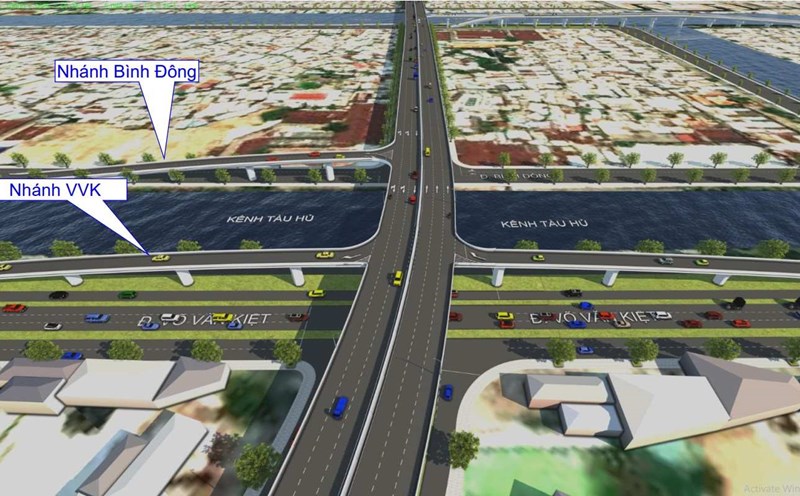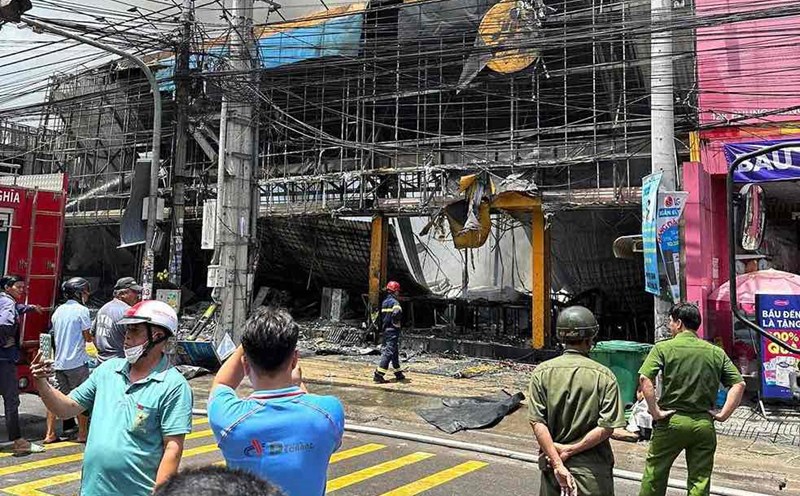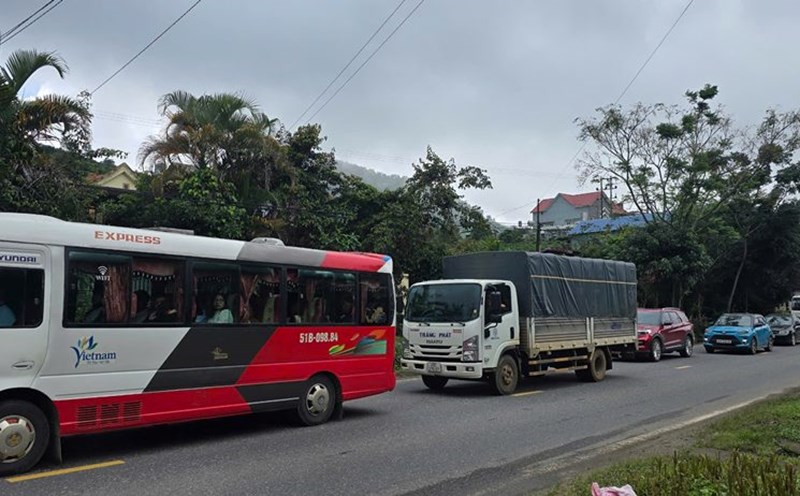In traditional Concept, the word "giveness" is associated with nurturing, so that parents can live with their children and grandchildren. But in the busy modern life, when children are busy with work to make a living, there are more and more elderly people living in nursing homes.
However, sending parents to nursing homes has been a controversial issue for many years. Looking at the world, many developed countries have experienced a similar debate.
When population pressure forces society to accept and develop a professional care system for the elderly, nursing homes also appear more often but still have many shortcomings.
According to NBC News, through the COVID-19 pandemic, many nursing homes in the US have become a "death trap". More than 170,000 people, including the elderly and caregivers at nursing homes in the US, have died during this period, causing a pension system to crisis.
Weak age is something no one wants to think about. We don't want to think about it for ourselves, and we don't want to think about it for our parents," said Howard Gleckman, a fellow at the Urban Institute.

Unlike Western countries, traditional Asian cultures value filial piety, thereby society expects children to care for their parents when they are old.
However, for many children, they face pressure to take care of their parents when they are old and weak and have difficulty living. It has been a arduous journey that requires time, money and knowledge on how to take care of the health of the elderly.
The Conversation newspaper said that today, families in East Asia and Southeast Asia are smaller, the divorce and unmarriage rate is increasing, and few adult children want to live with their parents. These demographic changes affect many countries such as China, Japan, Singapore, South Korea, etc.
According to the United Nations, by 2030, 60% of the world's elderly population (60 years old and above) will live in Asia.
However, the elderly health care system still has many shortcomings. Nursing homes and social protection centers are still limited in both the number of staff and the quality of facilities.
Korea JoongAng Daily quoted a report from Seoul National University, from 2015 to 2017, the mortality rate of patients admitted to nursing homes was much higher than that of patients receiving home care during the same period.
"The way many elderly care facilities are run has caused many problems," said Kim Keun Hong, a social welfare professor at Kangnam University. If these facilities remain in their original state, they will be no different from death houses - just places where the elderly are abandoned to live their last days.
A doctor at a nursing home in Seoul told Korea Daily JoongAng that when a patient was in critical condition and dying, the hospital contacted her son but the family did not pick up the phone or respond until the patient passed away.
The Korean Association of Nursing Hospitals believes that such cases are quite common in elderly care facilities in Korea.
He said: "There are many patients whose families have stopped paying for medical expenses for several years.At every hospital that provides long-term care for the elderly, there are such families."











